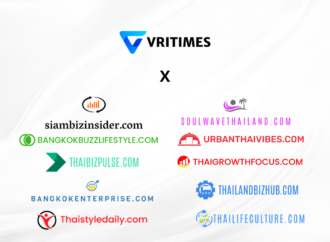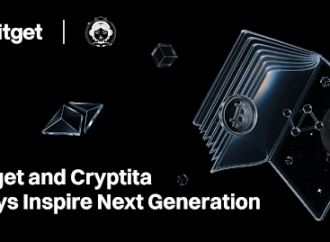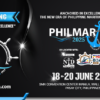This is the second part of the four-part series on Media and Information Literacy in the Disinformation Web. This article will dissect the anatomy of the COVID-19 vaccine misinformation hoax, its impact on public health, and how Media and Information Literacy (MIL) can combat such threats. The Infodemic and the Need for Media Literacy During
This is the second part of the four-part series on Media and Information Literacy in the Disinformation Web. This article will dissect the anatomy of the COVID-19 vaccine misinformation hoax, its impact on public health, and how Media and Information Literacy (MIL) can combat such threats.
The Infodemic and the Need for Media Literacy
During the COVID-19 pandemic, the virus is just the tip of the iceberg that strained the effectiveness of our global public health. It also proved that an “infodemic” of misinformation around vaccines and health precautions could exacerbate such measure.
False claims about vaccine dangers and conspiracies significantly impacted public health efforts. People were hesitant to take vaccines for it might cause some other permanent to their. Some people even took medications meant for animals due to misinformation in the internet.
This phenomenon underscores the critical need for Media and Information Literacy (MIL). This skill empowers individuals to access, analyze, evaluate, and create media content responsibly. People should understand how misinformation spreads and should develop the skills to critically evaluate information. In effect, individuals can make informed decisions and resist the influence of false narratives.
However, it is important to note how misinformation spreads.
How the Hoax Spread: Social Media, Influencers, and Algorithms
The anatomy of this viral hoax reveals how social media platforms like Facebook, Twitter, and YouTube became major vectors for misinformation. They actually amplified false narratives to vast audiences.
How did they do it? First, these companies provided influencers and pseudoscientists a platform that lent them credibility to spread misinformation among their followers. Unfortunately, there were no measures to fact-check the claims back then.
Then the audience engages with the misinformation. In fact, they can easily share it to their contact list and their contact lists do the same. As a result, the algorithms in these platforms created echo chambers where false beliefs were reinforced. This makes it difficult for accurate information to break through.
Now, the problem with this kind of system is that people have biases about the information that they prefer to believe in. Hence, public health officials had difficulty getting through to ordinary folks because they had pre-conceived notions on what is already factual from what is plain hoax.
Devastating Impact on Public Health
This rapid spread of misinformation had a devastating impact on public health. There were such claims that vaccines cause autism or permanent damage to spreading COVID were not real to begin with. This led to increased vaccine hesitancy and not taking the global health pandemic seriously. It slowed down vaccination rates and prolonged the pandemic.
As a result, lower vaccination rates translated into more severe outbreaks. This strained the healthcare systems and led to higher mortality rates in some areas. Moreover, the constant barrage of misinformation eroded public trust in health institutions since they preferred to heed advice from pseudo-scientists. This made it harder to implement effective public health measures.
This could have been prevented if people just had the critical thinking skills to determine which information was credible. Moreover, government agencies should have sanctioned social media companies from spreading misinformation. This does not actually stifle freedom of information. During that time, there were compelling reasons to curb inaccuracies of unprofessional health advice because the government aimed to save lives and further stop bleeding the economy.
The DNA Alteration Myth: A Case Study in Misinformation
One striking example of the persistence of misinformation is the false claim that mRNA vaccines could alter DNA. Despite being debunked by experts, this myth spread rapidly through social media and continued to circulate. This case signifies the need for proactive communication strategies that address misinformation early on and present accurate information in an engaging and accessible way. Furthermore, this also emphasizes the importance of collaboration between health authorities and social media platforms to quickly identify and remove false narratives.
Building a Resilient Society Through Media Literacy
The COVID-19 infodemic serves as a stark reminder of the challenges posed by viral hoaxes in the digital age. However, it also presents an opportunity to learn and build a more resilient society. Investing in MIL education at all levels, would promote critical thinking from a young age.
In support of accurate information sources, we can empower individuals to navigate the complexities of the information landscape. They can make informed decisions about their health and well-being. This multifaceted approach, combining education, critical thinking, and collaboration, is essential for combating misinformation effectively and safeguarding public health.


















Leave a Comment
Your email address will not be published. Required fields are marked with *